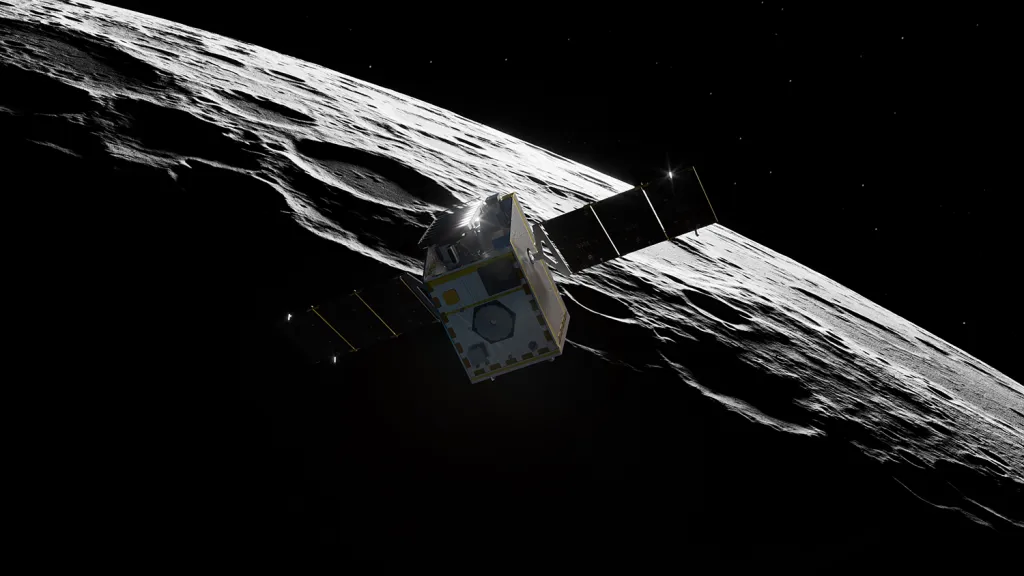Space exploration has always fascinated humanity, and NASA has been at the forefront of unveiling the universe’s greatest mysteries. In recent years, NASA has launched several ambitious missions, pushing the boundaries of science and technology. From Mars to deep space, these missions are uncovering secrets that could redefine our understanding of the cosmos.
1. NASA’s Perseverance Rover: The Hunt for Ancient Life on Mars

Overview:
NASA’s Perseverance Rover, which landed on Mars in February 2021, continues to make exciting discoveries. The mission’s main goal is to search for signs of ancient microbial life and study the planet’s climate and geology.
Key Discoveries:
- Organic Matter Detection: Scientists found organic molecules in Martian rocks, a potential indicator of past life.
- Water Evidence: The rover detected minerals that form in the presence of water, supporting theories that Mars once had rivers and lakes.
- Oxygen Production: The MOXIE experiment successfully produced oxygen from the Martian atmosphere, a major step toward human exploration.
Future Plans:
- The rover is collecting rock samples for a future Mars Sample Return Mission, expected to bring them back to Earth in the 2030s.
2. Artemis Program: Returning Humans to the Moon
Overview:
NASA’s Artemis Program aims to send humans back to the Moon for the first time since 1972, establishing a long-term presence and preparing for Mars missions.
Mission Highlights:
- Artemis I (2022): An uncrewed test flight around the Moon.
- Artemis II (2024): A crewed mission that will orbit the Moon.
- Artemis III (2025-2026): Expected to land astronauts, including the first woman and person of color, on the lunar surface.

Why It Matters:
- Lunar Base Development: NASA plans to build a sustainable base for future deep-space exploration.
- Resource Utilization: Scientists aim to extract and use Moon resources like water ice to support long-term missions.
- Gateway Station: A space station orbiting the Moon will serve as a hub for further exploration.
3. James Webb Space Telescope (JWST): Peering into the Universe’s Past
Overview:
The James Webb Space Telescope (JWST), launched in December 2021, is the most powerful space telescope ever built. It is revolutionizing astronomy by capturing unprecedented images of the universe.
Major Discoveries:
- First Galaxies: JWST has detected some of the earliest galaxies formed after the Big Bang.
- Exoplanet Atmospheres: It is analyzing the atmospheres of distant planets, searching for signs of habitability.
- Cosmic Mysteries: The telescope has provided stunning images of nebulae, black holes, and star formation.
Impact on Science:
- Scientists now have detailed infrared data to study cosmic evolution.
- The telescope is uncovering new planets that could potentially harbor life.

4. NASA’s DART Mission: Defending Earth from Asteroids
Overview:
NASA’s Double Asteroid Redirection Test (DART) was the first-ever planetary defense test mission. It successfully altered the orbit of an asteroid, demonstrating that we can protect Earth from potential threats.
Key Achievements:
- First Real-Life Asteroid Deflection: DART hit Dimorphos, a small asteroid, in September 2022, changing its trajectory.
- Proof of Concept: This mission proved that kinetic impact technology could be used to prevent future asteroid collisions with Earth.
- Future Defense Plans: NASA is now planning more missions to enhance planetary defense strategies.
5. Voyager 1 & 2: Humanity’s Messengers in Interstellar Space
Overview:
Launched in 1977, the Voyager 1 and 2 spacecraft are the farthest human-made objects from Earth, traveling beyond our solar system.
Recent Updates:
- Voyager 1 is 15 billion miles from Earth, still sending data despite its age.
- Voyager 2 recently re-established communication after experiencing a brief signal loss in 2023.
- Data from the Edge of the Solar System: These spacecraft continue to study interstellar space, providing unique insights about cosmic radiation and space weather.

6. NASA’s Upcoming Missions: What’s Next?
NASA has ambitious plans for the coming years, including new explorations and advanced technologies that could change space travel forever.
Upcoming Missions:
- Europa Clipper (2025): A mission to Jupiter’s moon Europa to search for signs of life beneath its icy surface.
- Dragonfly (2027): A rotorcraft set to explore Saturn’s moon Titan, which has Earth-like conditions.
- Mars Sample Return (2030s): NASA and ESA will collaborate to bring Martian samples back to Earth.
Conclusion
NASA’s recent missions are transforming our understanding of the universe. From searching for alien life to preparing for human missions to Mars, the agency’s work continues to push scientific and technological limits. With upcoming projects like Artemis, Europa Clipper, and Dragonfly, the future of space exploration looks more promising than ever. Stay tuned as NASA continues to unravel the mysteries of the cosmos!






